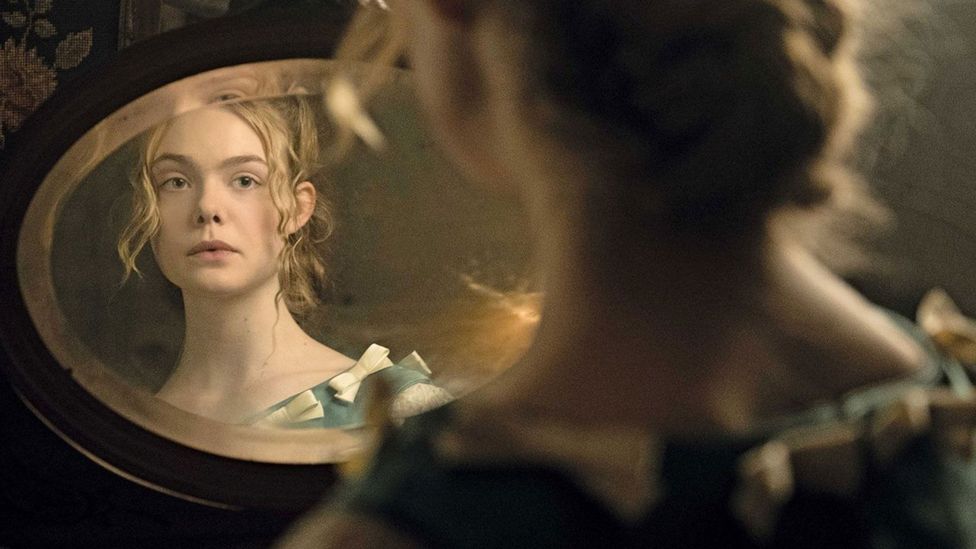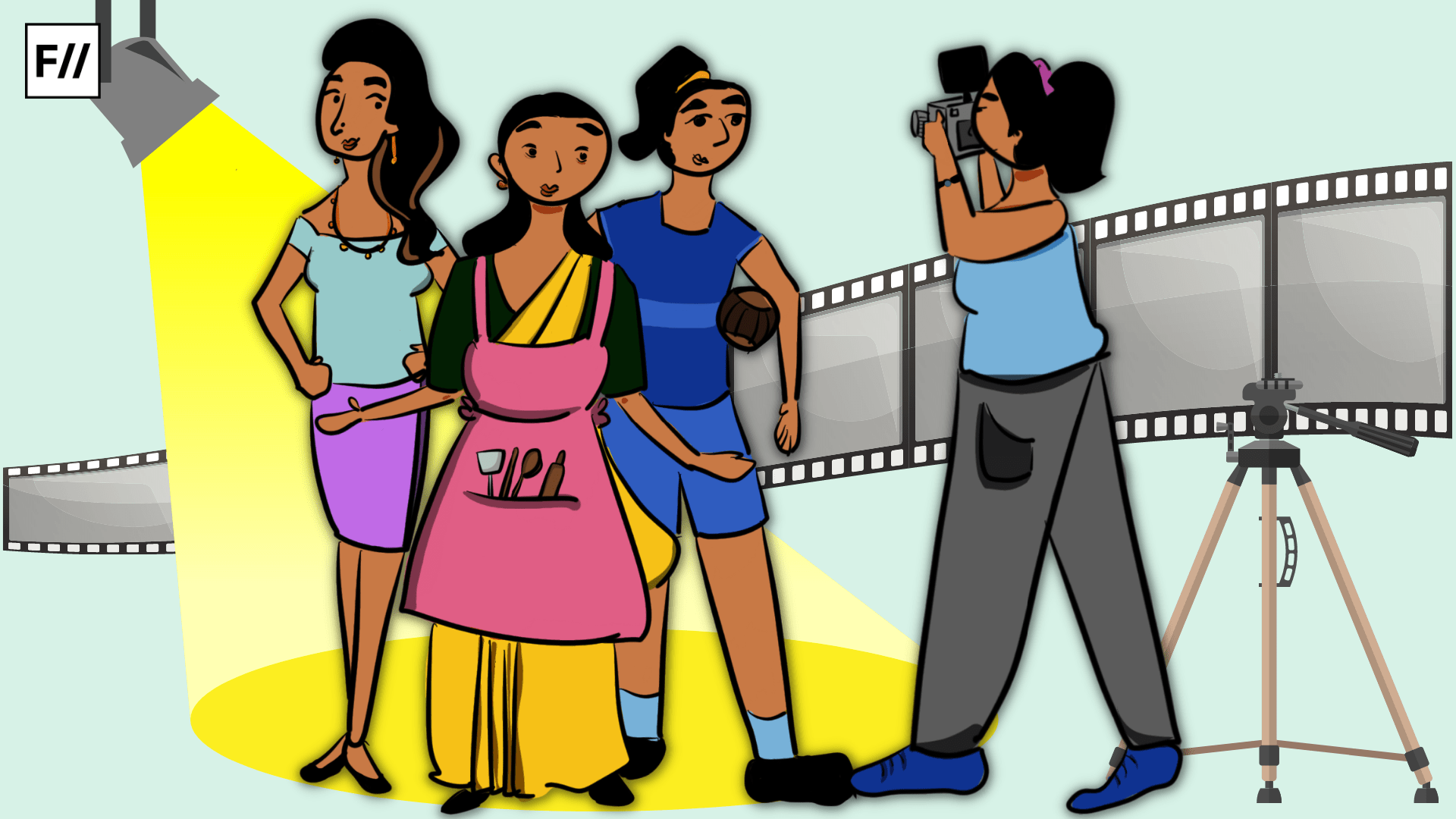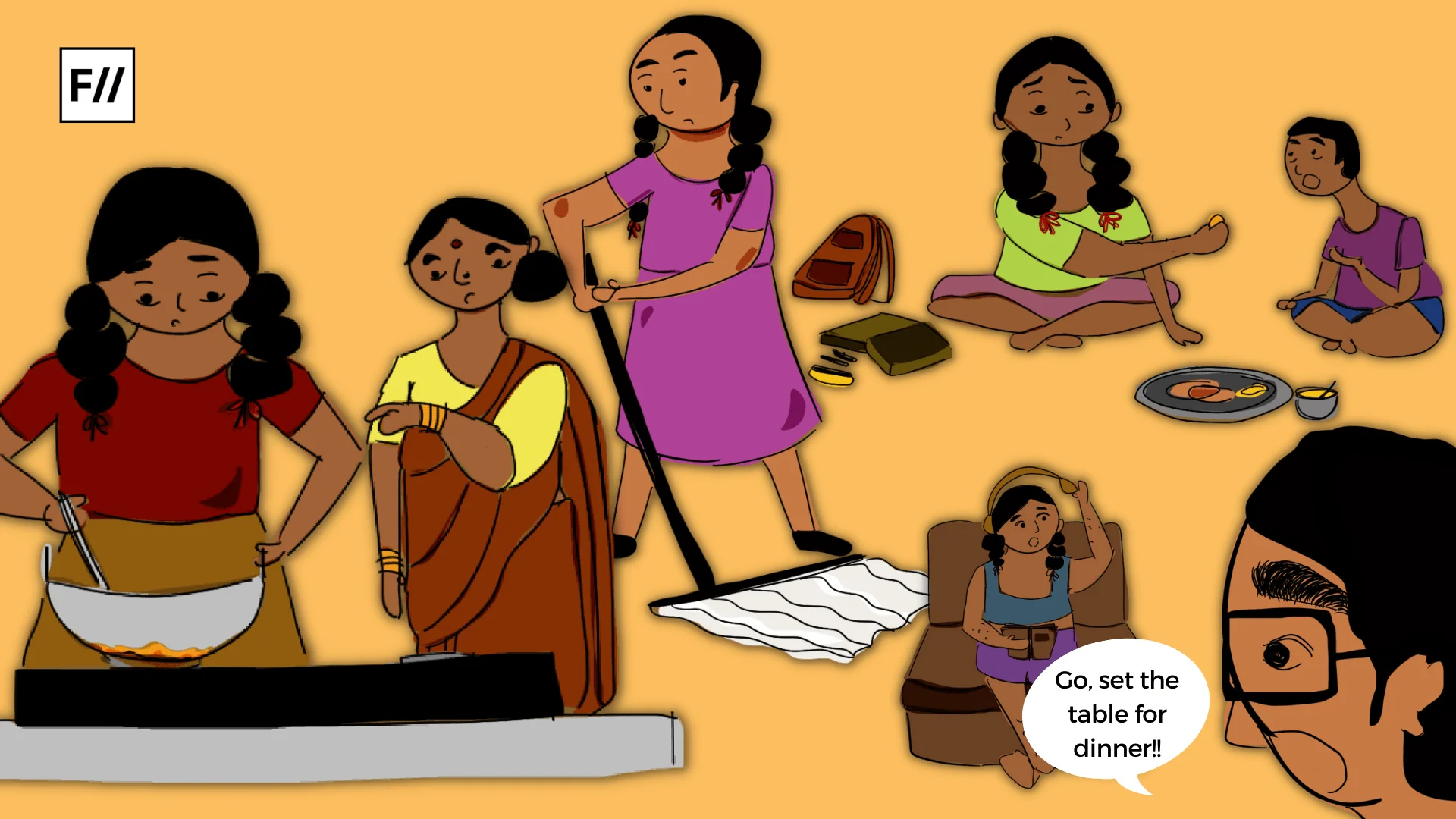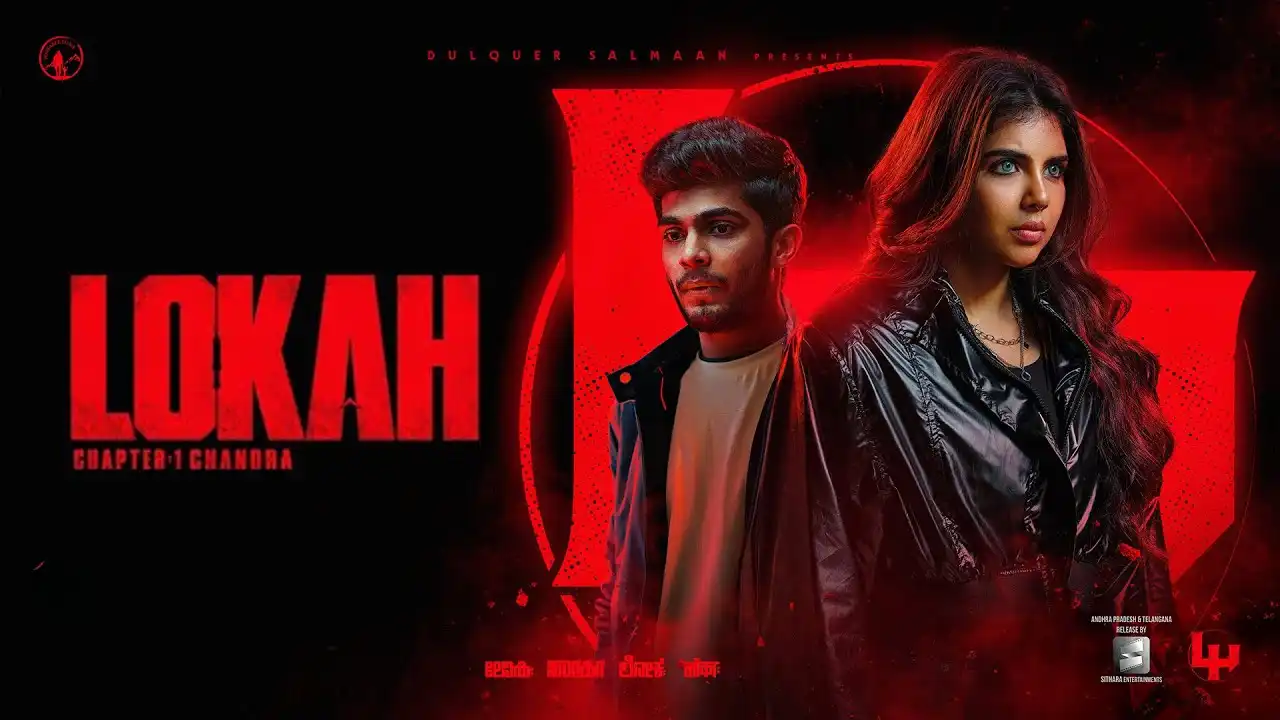Trigger Warning: This article explores depictions of sexual assault in films
Films thrive on visual pleasure, and since its inception, cinema, like other forms of art, has utilised the female body to enhance the visual outcome of the end product. Most mainstream films, even today, cater to the male gaze.
As feminist film critic Laura Mulvey described in her groundbreaking essay, Visual Pleasure and Narrative Cinema, the sexual politics of looking suggests an objectification of women to cater to masculine scopophilia, that is, the sexual pleasure involved in looking. The female character is treated less like a person with agency and positioned more as an object placed in the frame for heterosexual male desire.
Her feelings, thoughts, and aspirations on their own are framed as less important unless driven by male desire. Visual media, already voyeuristic in a sense, sexualise women to cater to male voyeuristic pleasure.

The male gaze may take on many forms in visual media, but at its core, the woman in the frame is important, not for what she does or wants, but for what she provokes in the male character and viewer. In that sense, her independent actions are hardly relevant. The way the camera positions the female body is important here, which emphasises her ‘to-be-looked-at‘ nature.
While it can be argued that both male and female bodies are objectified (The Marvel Cinematic Universe is an example), the emphasis on depicting female bodies to be looked at for sexual pleasure is insistent. Even when filmmakers give female characters complex backstories and motivation, their sexualisation still takes precedence.
The fact that we have to label the rage women present on screen as female rage, like many other labels, implies how often it is assumed that the rage women experience, like their characters, is one-dimensional. The female gaze brings out the various nuances behind such anger and its subsequent consequences, allowing for more fleshed-out female characters who have more to them than their bodies
Coming back to Marvel films, as the only female Avenger in the female Avenger movie, the camera’s focus on the character emphasises the sensuality of her movements through the way her body is positioned, the way the camera pans across her, hyper-sexualising her, unlike her male counterparts. Despite her importance and agency within the film’s plot, her sexualisation still takes the dominant focus.
Thus, this objectifying gaze is also reflected in cinema’s depiction of female rage. Building on this point, many films that may be looked at as feminist to some extent, placing women as central characters with their rage as the focus, may still fall back to the male gaze, such as in Quentin Tarantino’s Kill Bill.
The revenge fantasy trope where a woman, having faced something deeply traumatic, goes on a, albeit satisfying, revenge spree, is still shaped by the male gaze. Sexual assault is often presented as a strong motivating factor to justify extreme violence committed by the female character. However, even the depictions of such assault often assume a voyeuristic tone, such as the extremely controversial depictions of sexual assault in the TV series, Game of Thrones.
Also read: Female Rage Through Male Gaze: A Feminist Critique Of Quentin Tarantino’s Kill Bill

Countering the dehumanising nature of the male gaze, the female gaze has often been pushed forward as an alternative that does not normalise the sexualisation of female bodies. Mulvey speculated that the female gaze isn’t simply a role reversal of the male gaze, where male bodies are displayed and objectified, but a more nuanced exploration of feelings and the female experience. It focuses on women and their experiences with their own agency, rather than positioning them as passive subjects to be looked at.
Within this framework, a subversion of the rape-revenge trope takes place, when examined through the female gaze. The 2020 American black comedy thriller film Promising Young Woman, at its onset, throws the pervasive nature of sexual violence in our culture at the audience’s face.
It carefully dismantles the myth of the ‘nice guy‘, and attacks rape culture in itself, rather than just the rapist, indicating how everyone is complicit in it. The film forces the viewer to confront their own acceptance of such a culture. While the film is presented as a rape-revenge thriller, it completely overturns the expected trajectory of such a trope.
The word rape is never stated in the film, only alluded to, through euphemism that seeks to diminish the impact of such violence and shift the blame to the victims. Palettes of pastel colours, pop music, and dominant accessories associated with white femininity are emphasised on while exploring the pain and rage of the protagonist.
The film addresses the association of the protagonist’s rage with madness, indicating a greater clarity of thought. Though it ends on a largely unsatisfying note, with little hope for redressal, it doesn’t subscribe to the notion of ‘what doesn’t kill you makes you stronger. Instead, it presents the destabilising impact of sexual violence, worsened by society’s ambiguity towards it, through nuanced female perspectives.

I May Destroy You, is a television series that explores the aftermath of sexual assault and the resulting anger and pain. The show has elements of humour and mystery, and carefully unravels different relationships, while at the crux of it, exploring what it means to survive sexual violation.
It explores a journey of healing, not in a linear fashion, but as simply picking up the pieces one by one. There is a constant attempt to minimise the violence, both from the protagonist’s perspective and from the audience, reflecting our discomfort with it. The show interweaves flashbacks and false memories in a disjointed form of storytelling.
The female gaze subverts the sensationalisation of a woman’s anger on-screen by unpacking the seething horrors of gender discrimination and collective moral sanctions on the female body. Shifting gaze is not simply about filling a plot with female characters or whitewashing female digressions on screen. It is about a deeper, experiential elaboration of the female experience, which is determined by social, moral, legal, and patriarchal mandates of modesty
While this may be associated with the notion of an unreliable narrator, it is instead positioned as a result of the raw, real-time processing of the protagonist’s memories, and her attempts to seek the truths surrounding her assault. This disjointed form of narration may make the audience question everything they see or hear. It is a reflection of the confusion faced by the main characters, similar to how the legal system and social networks around an assault survivor pick apart the survivors’ stories, undermining their experiences.
The protagonist’s rage and anger, along with fantasies of revenge, dive into bigger, more fundamental questions like – How does a survivor reclaim their sense of autonomy? What does healing look like?
The Hindi film Bulbul utilises the trope of the ‘chudail‘ and flips it on its head. It explores the oppressive nature of a dominant-caste Bengali household and the violence of child marriage. Bulbul is a horror story, but the horror is not of a woman let loose, leaping off trees in a mad fury, leaving a trail of bodies behind, bathed in the light of a blood-red moon. Instead, the horror is the violence and subjugation inflicted on women by the patriarchal society.
Step by step, the film carefully peels back the layers of atrocities within the grandness of the zamindar’s mansion. The audience spots snippets and can feel the protagonist’s pain, with a visceral horror at such violence.

Female rage in cinema has usually been presented as a measure of madness, marking the raging ones as villains. Recently, there has been a spurt of different films that explore the nuances of such gendered rage. For example, NH10 and Pari utilise the rage the protagonists feel due to the injustices they have faced, to empower them, painting a more intricate picture of their actions and character.
Kahaani and Gone Girl (with all its controversies) present a more cool, controlled, and calculated presentation of that rage, aiding the protagonist’s purpose, rather than debilitating her.
The fact that we have to label the rage women present on screen as female rage, like many other labels, implies how often it is assumed that the rage women experience, like their characters, is one-dimensional. The female gaze brings out the various nuances behind such anger and its subsequent consequences, allowing for more fleshed-out female characters who have more to them than their bodies.
The female gaze subverts the sensationalisation of a woman’s anger on-screen by unpacking the seething horrors of gender discrimination and collective moral sanctions on the female body. Shifting gaze is not simply about filling a plot with female characters or whitewashing female digressions on screen. It is about a deeper, experiential elaboration of the female experience, which is determined by social, moral, legal, and patriarchal mandates of modesty.
Also read: Female Gaze In Pop Culture: Changes In The Gender Lens When Women Tell Stories
Featured Image: Ritika Banerjee for Feminism In India
About the author(s)
Aradhana Choudhury is an aspiring policymaker. She is currently pursuing herMaster’s in International Development and is seeking to apply intersectional learningto development strategies. She has a keen interest in development research, policyanalysis, and gender. She hopes to support tangible impacts towards gender equalityand equity, with community participation at the forefront.Aradhana also has a keen interest in history and heritage studies and has worked toexpand the interest of general audiences in the history of a place




